Skepchick Book Club: The Ghost Map
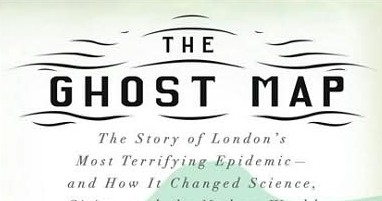
(Note: The details for next month’s book and the themed recipe are at the bottom of this post.)
Welcome back to the Skepchick Book Club! This month, we read The Ghost Map by Steven Johnson. The book is about a deadly cholera outbreak in Victorian-era London and the investigation done by Dr. John Snow (no, not the same one, and yes he does know som’thin’) to track down the source of the contagion.
Spoiler alert: the reason that the outbreak was so widespread is because cholera is a waterborne bacteria and had gotten into the Broad Street pump, one of the most popular pumps in town. Germs hadn’t quite been discovered yet, so whenever there was an epidemic, doctors tended to blame either someone’s moral character or station (they weren’t the “right sort” of person), bad smells in the air, or even meteorological conditions.
The book gets its name from a map that John Snow created to pinpoint the cause of the outbreak (and later, to prove his waterborne-contagion theory). He marked all of the deaths and noticed that they were mostly people who had access to the Broad St pump. There were pockets of people who didn’t succumb to the disease, and upon further investigation he found out that either they worked at a place with a private water supply or they drank beer (which was boiled in the brewing process, thus killing off bacteria).
Dr. Snow had the burden of proof because the popular theory of disease was that it was caused by bad smells (miasma). The miasmatists held that smells could make a person sick, but not everyone would get sick from the same smell because each person had a unique constitution thus a unique reaction. Dr. Snow had recently done research into the anesthetic effects of ether and found that he could predict the right amount of ether needed for a person. Since ether affected everyone the same, that conflicted with Miasma Theory, and thus sowed the seeds of doubt in his mind. Years later, when people started dying of cholera, it was his investigation (and perseverence) that led to the removal of the Broad St pump handle (despite the other doctors and committees trying to disprove him).
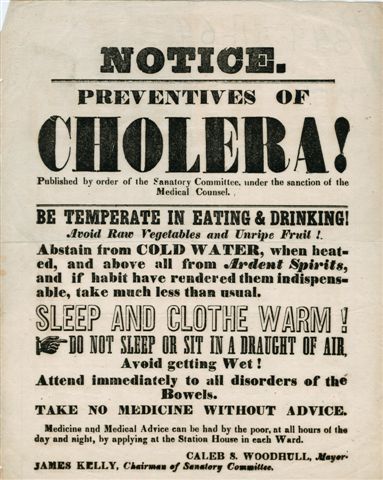
Another hero of the book was Mr. Whitehead, a local clergyman whose parish was greatly affected by the outbreak. Long story short: he initially thought that the removal of the pump handle was silly, but then after doing his own investigation and seeing Dr. Snow’s maps, he was convinced and reminded of the power of rational thought. (Not something you think about these days when you think of the clergy!)
In the end, the cholera investigation found that there was sufficient evidence that the Broad St pump was the source of the epidemic. It turned out that a baby had gotten cholera (poor thing!) and her mom had dumped the water used to wash her diapers into a cesspool (in the basement) that contaminated the Broad St water supply. Because of the outbreak, London developed a better-engineered sewer system to take the human waste out of the city, and thus made city-living more feasible (and changed history).
I enjoyed this book, even the scenes that painted a gruesome scene of life in Victorian London (cesspools everywhere, overcrowding, infrastructure issues, etc). It was very thorough, although at times it could be a bit redundant. In fact, I thought most of the book could’ve been shortened into a rather long article, like one you would find in the New Yorker. The scariest chapter was the epilogue, where the author basically says that we’re fucked and that if we don’t die of a massive outbreak, the suicidal terrorists will get us because they have no rational self-interest at stake.
This Month’s Recipe: English Trifle
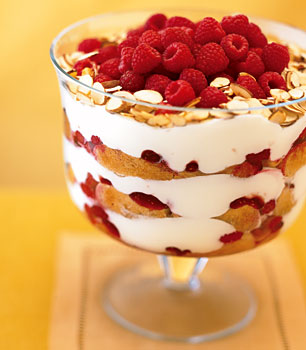
I love trifles, they are one of the easiest desserts to make, and the trick is using homemade custard and a bit of booze. (Obviously it fits the British theme, I don’t know if it’s historically accurate or not.)
Ingredients:
- 6 egg yolks
- 6 tablespoons sugar
- 28 oz heavy cream
- 9″ sponge cake or pound cake (I use Sara Lee’s frozen family-size version)
- 1 cup seedless raspberry jam
- 1-2 pints of berries (blueberries, strawberries, or raspberries)
- 1/4 – 1/2 cup rum (or other liquor)
Directions:
- To make the custard, heat up 20 oz of the heavy cream in a medium pot over medium heat. While this is heating up, beat together the egg yolks and sugar until incorporated. When the cream is hot (not boiling), add it to the yolk mixture while stirring constantly. After the cream is mixed in, add the mixture back to the pot (on low heat) and stir until the custard coats the back of a metal spoon. Set aside to cool.
- Cut the cake into 1″ cubes and divide into three portions. Add the first portion to the bottom of the trifle bowl (or a large glass bowl).
- Sprinkle the cake with 1/3 of your rum. Add 1/3 cup of the jam to the top and try to spread evenly (or just dab it on the cake pieces). Add 1/3 of the fruit on top of the cake. Pour 1/3 of the custard over the fruit. Repeat for the next two layers.
- Whip the last 8 oz of heavy cream on high until you see stiff peaks (don’t overwhip or you will have butter). Add to the top of the trifle and keep refrigerated for 1-2 hours before serving.
Note: If you are serving the trifle the next day, here is a way to make stabilized whipped cream.
Next Month’s Book: Paleofantasy: What Evolution Really Tells Us about Sex, Diet, and How We Live by Marlene Zuk
I will post about this book on Sunday, July 28th (and if you’re in the Boston area, we will be meeting on Saturday, July 27th). I’m already getting excited about the themed recipe! See you next time!

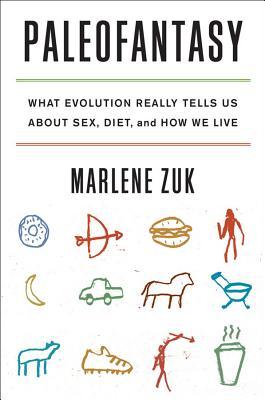
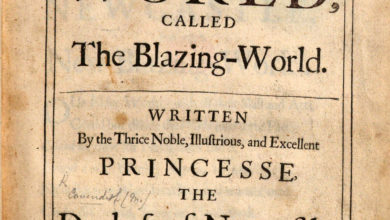
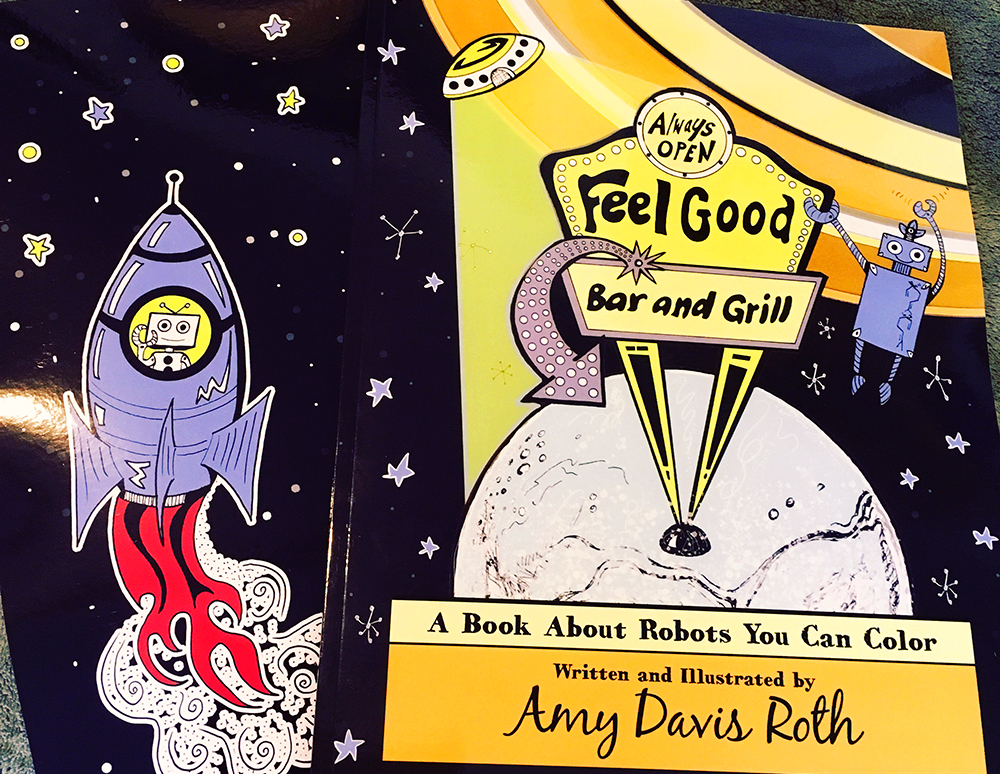
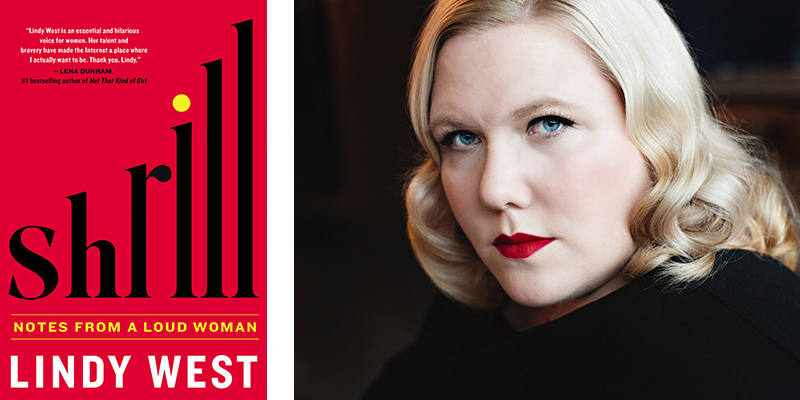

I read the book a while back and had much the same impression – very interesting, and largely well-written, but there were a few places where I found myself thinking that I got that point the first couple of times the author made it.
As for the trifle, you need to go for the version that my Scottish grandmother and her sisters made. They were notorious for using at least half a bottle of sherry in their trifle. One of my uncles is quite a bit younger than my mother, and would’ve been about 8 or 9 when my parents got married. Apparently people wondered why he was acting strangely at the rehearsal dinner, until someone realized he’d eaten a nice big serving of trifle and was drunk!
That was the general consensus at our local meeting too, that the author padded his points. And I read the last chapter quickly because I wanted to get through the doom and gloom!
Haha, that’s an awesome trifle story. I know I don’t add nearly enough booze but I didn’t want to drown the cake. I guess I should reconsider!
I really liked this book when I read it last year. I found the least important point the map or even some of the science, what was really interesting to me was what it takes to change scientific consensus. The climate skeptic people should really read this book. Changing the scientific consensus wasn’t a matter of sitting around pointing out flaws in other studies or scientists. It was doing real science over and over and producing new facts and evidence. Dr. Snow producing one study/map didn’t do it. He had to fight for his point his whole life.
“Climate skeptic” to mean the people who won’t believe in human-caused global climate change? Or the scientists who are trying to prove it exists?
It also helped that Mr. Whitehead did his own research and came to the same conclusions as Dr. Snow.
I think kevinv is saying that if the climate skeptics (aka global warming denialists) want to be taken seriously, they need to do real science, like John Snow and Rev. Whitehead did, (I’m pretty sure if they actually did that, they would realize they are wrong, though.)
Yes, as Buzz said. The term “skeptic” has a long way to go to be reclaimed in the climate change blogosphere. If you’re discussing climate issues with someone that self-identifies as a skeptic, odds are they’re probably not one.
To reply more generally to the analogy, I’m not really convinced and haven’t been for some time that the modern scientific paradigm is even on the same playing field as pre-twentieth century. To say that Snow changed the “scientific consensus” of the time implies that experimental standards and peer review were ubiquitous in the early 1800s, which isn’t true so far as I know. Then again, I haven’t read this book yet.
You should read it–it talks a bit about the peer review process of the time and how doctors used the newspaper to communicate with each other about cures. Dr. Snow would write in to criticize others’ sloppy science so much that the column editor snarked at him to do some science himself, haha. Which he did!
Climate skeptic applying to those that think they can change scientific consensus by cherry picking one or two items and basing an argument on that. Or picking flaws in one paper and thinking that brings down a whole theory.
Bringing down a theory means producing an alternative explanation AND scientific evidence to prove it. That’s what Snow did and continued to do in the face of resistance from the scientific community.
Yes, they had no peer review or our other modern scientific methods, those should make it easier to present opposing view points than Snow had (not that they are perfect).
Personally I think climate change is here and won’t be disproven but if skeptics think they can then they need to do real science to back it up. And this book shows the perseverance needed.
Also brings to my mind an argument I’ve made that if god existed and really wanted to save lives he would’ve made 2 commandments: “wash your hands”, and “don’t shit in your drinking water”. Would’ve saved more people than the whole pork thing.
Rats. I wish I had realized, I would have read this month’s book. I did my MA thesis on the Black Death and am quite familiar with the history of epidemics. I would have ripped this book apart. For example, the miasmic theory was under fire as early as the Black Death, and since Europe experienced widespread outbreaks of plague up until 1722… well, they had a lot of time to think about how disease was spread. That led to the miasmic-contagion theory, which assigned the blame still to “bad smells,” etc, but claimed that said bad smells could be spread through the air or by touch in a very germ-theory kind of way. By the time of the Victorian era, everyone pretty much knew that the Contagion theory of disease was correct, they just didn’t know the vector by which disease spread (germs). Louis Pasteur died in 1895, and the Victorian Era ended in 1901, sooo…. Yeah, this book would probably frustrate me in a lot of ways. Glad for the skeptical method being used, and I’m always excited when there’s a book out about epidemic disease (I am a nerd) buuuuuut…. facts. I wants them, precious.
This book gave the impression that contagionists and miasmatists were still fighting about theories. You should read it anyway and let me know what you think! It’s actually a pretty fast read.
As a Brit I learnt about John Snow in High School – I thought he was cool then and still think he is cool now! Haven’t read this particular book, thanks for the review.
But the trifle really ought to have sherry in it (at least a cup!)
That is awesome, I didn’t know about him before this book. It’s nice to learn about people who use rational thought and science to solve problems!
Also, I should have used sherry, but all I had at home was dark rum. My mom never even added any when I was a kid–I’m afraid I’m at a disadvantage :)